Perhaps, like us, you want the energy boost that caffeine can provide but are concerned about its side effects.
If that’s the case, you should be aware of how much caffeine you’re ingesting through food and drink.
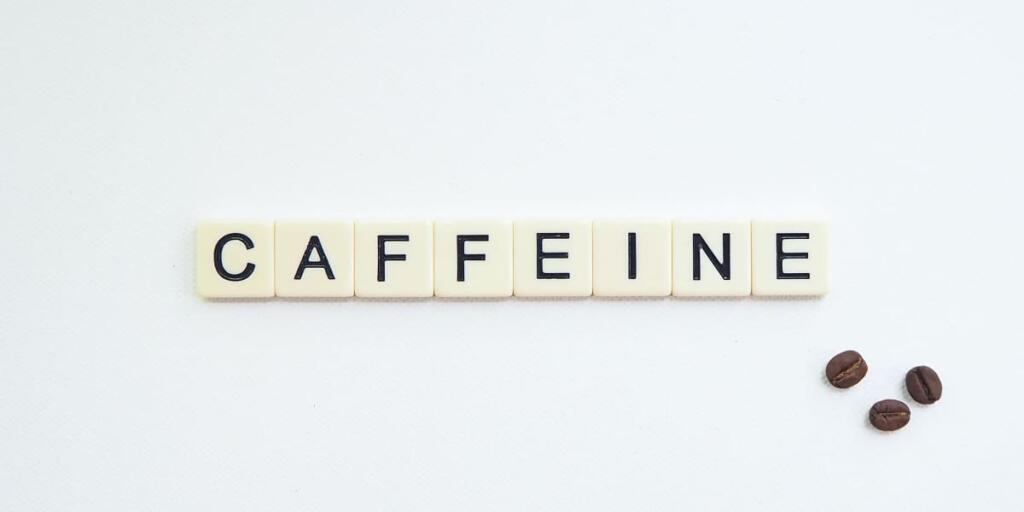
You would assume the solution is straightforward: don’t drink too much coffee, and you’ll be OK.
The reality, however, is far more complicated.
We want to arm you with the knowledge you need to make informed decisions about your caffeine usage.
Also,
Some caffeine content can be hidden
If you’re attempting to lose weight, you’ve probably already cut back on the quantity of coffee, tea, and soda you drink. However, the sneaky stimulant might appear in unexpected locations.
Because the Food and Drug Administration (FDA) does not require manufacturers to declare caffeine levels on nutrition labels, it can be difficult to determine whether a product includes the stimulant and how much it contains.
These 12 caffeine sources—some hidden, some bizarre—could be giving you the jitters.
Continue reading to learn about the top eight caffeine-containing drinks and foods to include in your daily diet.
1. Coffee is the leading source of caffeine
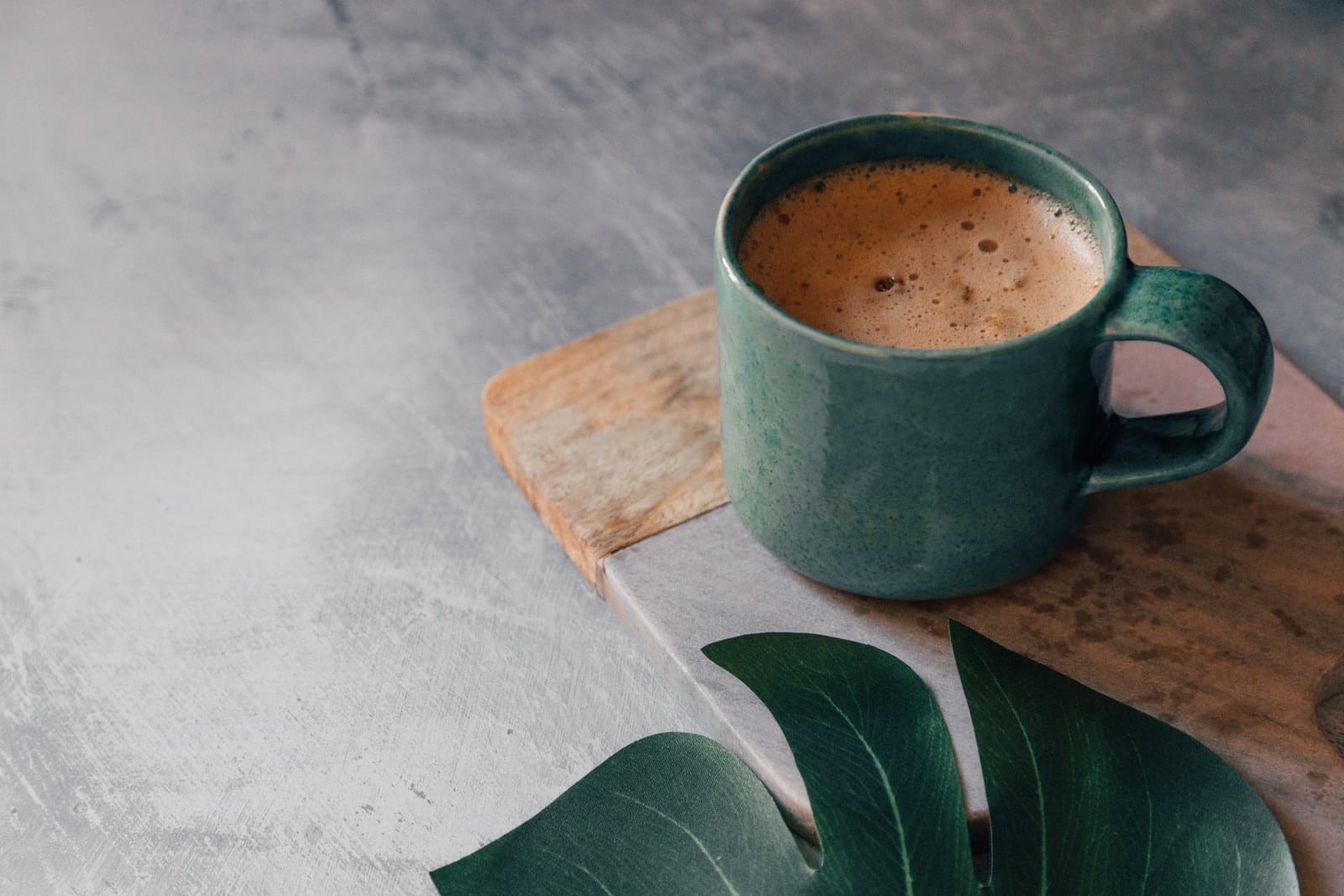
Coffee contains more caffeine than any other meal or drinks in the average American’s diet. It accounts for at least 64% of total consumption. That is more than three times the amount contributed by tea, the next largest source.
It’s the obvious place to start if you want to reduce your caffeine intake. But be careful how you go about it. The quantity of caffeine in various coffees varies greatly – and some of the changes may surprise you.
The type of coffee bean can make a significant difference. The caffeine content in Robusta is higher than in Arabica. Even the species, region, and roast levels can make a difference.
Then there’s the brewing type and serving size to consider. If you usually obtain your coffee from a coffee shop, don’t assume it has a “normal” caffeine amount.
One fluid ounce of espresso contains 64mg of caffeine.
However, a coffee shop brew ranges from 58mg to 185mg (the latter was for a double shot), since size also matters.
Don’t be deceived by the fact that espresso has a higher caffeine content than other varieties of coffee. That jolt is caused by caffeine being concentrated in less liquid and consumed more quickly. In fact, a normal cup of drip coffee has more caffeine.
So, if you want a caffeine boost in the morning, a single shot of espresso is your best bet. Just be sure to double-check the portion size with your barista!
2. Caffeine is still present in decaf coffee.
That’s fantastic that you’ve switched to decaffeinated coffee to limit your caffeine intake. Remember, this isn’t a free license to drink as much coffee as you want! Because it still includes caffeine, you should keep an eye on how much you’re drinking.
To be legally labeled as decaffeinated, coffee must have had at least 97.5 percent of its natural caffeine content removed. However, there are no requirements stating that the labels must show the amount of caffeine that remains.
As we’ve seen, the amount varies depending on the species of coffee bean. Check the beans – and, of course, the serving size – if you’re creating your own decaf to reduce the caffeine concentration of your drink.
The same concern occurs if you buy your dark decaf beans from a coffee shop as it does for any other coffee. Caffeine levels might vary greatly from one location to the next.
In 2006, Florida University scientists purchased ten cups of decaf coffee from various coffee shops and restaurants. Caffeine levels in 16-ounce drinks ranged from 8.6 to 13.9mg.
The researchers concluded that someone drinking 5 to 10 cups of decaf may consume the same amount of caffeine as 1 or 2 cups of normal coffee.
So, while switching to decaf is an excellent way to reduce caffeine intake, it is not the same as becoming caffeine-free.
3. Tea contains more caffeine than coffee.
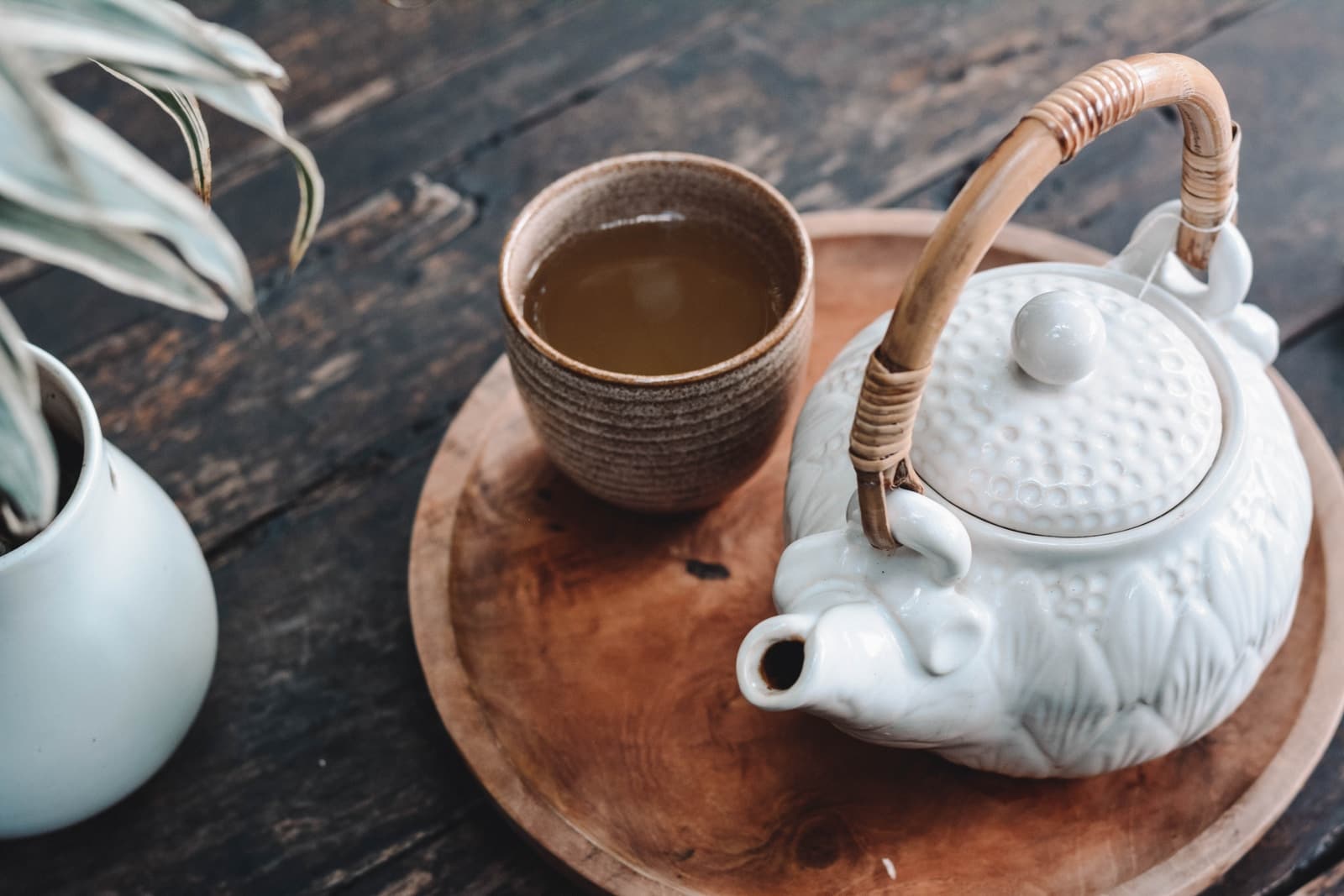
Tea, after coffee, is the most common source of caffeine in people’s diets. Tea accounts for 18% of the average American’s caffeine intake.
In fact, tea contains more caffeine than coffee by dry weight. Tea, on the other hand, has a lower caffeine level because it is diluted significantly more than coffee.
The typical cup of black tea contains 40mg of caffeine, compared to 105mg in drip coffee.
As with coffee, the amount of caffeine in your cup of tea is determined by a variety of factors.
Caffeine levels vary between species, and even the age of the leaf has an impact. Younger leaves often have a higher caffeine concentration than leaves harvested further down the plant.
The more tea used per cup, the more caffeine will be present in the finished beverage. One cup of black tea requires around 3g of tea leaves. White tea may just require two-thirds of that amount.
Other considerations include the temperature of the water used to make the tea and the length of time it is infused. Higher brewing temperatures and periods will increase the quantity of caffeine released into your drink.
Finally, caffeine in tea has a different effect on the body than caffeine in coffee. This is due to the presence of antioxidants and an amino acid known as L-theanine in tea.
The antioxidants decrease the absorption of caffeine into the system, while the L-theanine has soothing qualities. The combination allows for a prolonged time of attentiveness without a “crash” toward the end.
Here are a few teas that contain caffeine that you might not know:
Matcha tea
Given that matcha is made from green tea leaves, it has nearly as much caffeine as coffee. One 8-ounce cup of prepared matcha contains around 70 milligrams of matcha.
Many matcha drinkers report feeling more refreshed and invigorated after switching to matcha than they did before switching to coffee — so if you want to quit, this could be the solution.
Yerba mate
Yerba mate is an antioxidant-rich herbal beverage with a powerful punch. One 8-ounce cup includes 85 milligrams of caffeine, which is comparable to the caffeine content of some of your favorite coffee drinks.
Kombucha
Certain kombucha manufacturers utilize caffeinated tea in their blend. For example, depending on the flavor, Health-Ade kombucha includes anywhere from 8 to 15 milligrams of caffeine per serving, whereas GT’s Living Foods offers 4 to 8 milligrams of caffeine per 8-ounce serving.
4. Soda

Most of us are aware that cola includes caffeine. But how much is in it?
The answer is that it depends on the type you purchase. Fortunately for us, our website has a caffeine calculator and conducted a thorough survey of cola kinds and measured the caffeine content in 12 ounces of each drink, using both big brands and retail labels.
Pepsi One is the king of caffeine carriers, according to their ranking. When analyzed in a lab, it was discovered to have a whopping 57.1mg of caffeine.
This compares to only 10.3mg in Ritz Cola, the least caffeinated branded cola, and 4.9 mg in private brand IGA Cola.
But why is caffeine in cola in the first place?
Originally, it was derived from the kola nut, which was utilized in traditional cuisines. The nut, on the other hand, hasn’t been utilized in cola in a long time. Caffeine, according to drink manufacturers, is used to substitute flavor.
A lot of scientific investigations, however, have found little indication that caffeine improves the flavor. Over 1,600 taste tests were undertaken by scientists Keast and Riddell in 2006.
They discovered that tasters couldn’t tell the difference between caffeinated and decaffeinated cola.
It has been argued that caffeine is added to cola because of its addictive characteristics. So there you have it: you can convert to non-caffeinated cola without sacrificing flavor.
5. Some energy drinks contain extremely high levels of caffeine.

Caffeine’s energy-boosting effects make it unsurprising that it is a common ingredient in energy drinks. However, the difference in caffeine amounts between brands is startling.
Red Bull, the world’s most popular energy drink, has a shockingly low caffeine concentration.
The corporation chose to limit the caffeine content of its goods to 80mg per 8.4 fluid ounces a few years ago. That is, it has less caffeine than a regular cup of home-brewed drip coffee.
However, many other energy drink companies have chosen a different strategy. New “energy shots” are intended to be consumed in small amounts yet contain exceptionally high caffeine levels.
Caffeine use is associated with masculinity in names like Ammo and Monster Hitman Sniper. Ammo comes in a 1-ounce can but has 171mg of caffeine. That’s more than double the amount found in a single can of Red Bull.
The quantity of caffeine that most healthy persons may ingest without experiencing negative effects is typically thought to be between 300 and 400mg per day. Just two little cans of Ammo would push you over the lower limit.
More crucially, you’d be consuming your entire daily allotment in two concentrated dosages.
It’s also crucial to realize that, aside from caffeine, energy drinks contain a variety of additional substances. These components can have an impact on how caffeine is absorbed in the body.
Guarana, for example, is a herbal supplement that boosts the amount of caffeine metabolized by the body.
The message is clear: high-caffeine energy drinks should be handled with caution.
Foods that Boost Energy
Caffeine-infused meals that provide an energy boost are becoming increasingly popular. Caffeine is now found in a variety of meals, including protein and snack bars, quick oatmeal, and yogurt, as well as some surprising foods such as sunflower seeds, beef jerky, chewing gum, and mints.
Caffeine is often listed as an ingredient on the label, and the amount of caffeine in each serving is specified, so there should be no surprises.
6. Yogurt

Coffee yogurt is a terrific protein-filled meal that is becoming increasingly popular among breakfast enthusiasts. Chobani’s Coffee & Cream blended yogurt has only 2.56 milligrams of caffeine per 5.3 ounces, yet Dannon’s low-fat coffee yogurt has 30 milligrams per 6 ounces.
Check out these things you didn’t know caffeine does to your body to help you decide if it’s a good element of your diet.
7. Cereal
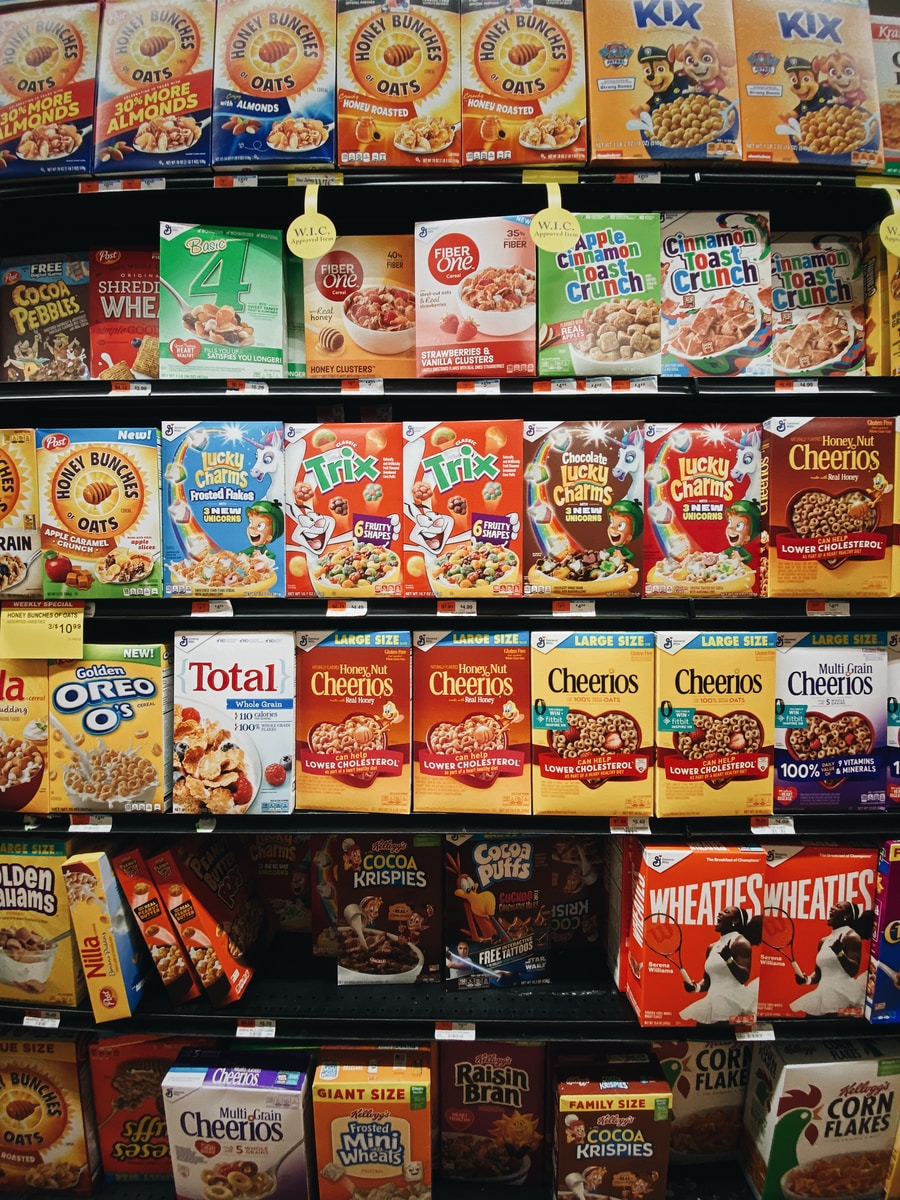
You might be receiving more caffeine than you bargained for with your bowl of morning cereal and cup of coffee before work. Cocoa Pebbles offers 1 mg of caffeine every 3/4 cup, which is quite small.
8. Foods flavored with chocolate
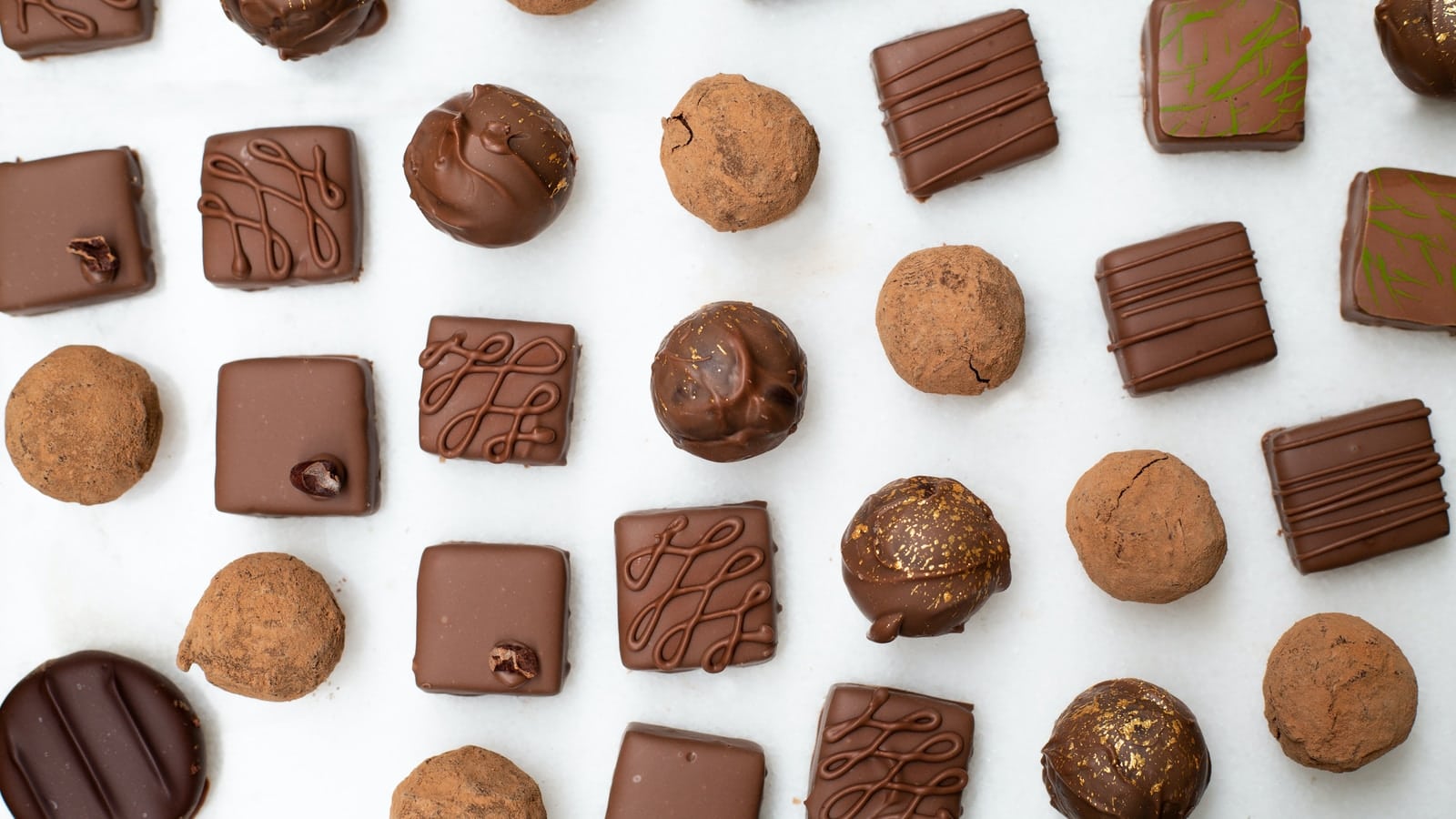
All chocolate and chocolate-flavored foods and drinks include caffeine because cocoa beans are a natural source of caffeine.
The amount of caffeine present is determined by the amount of cocoa in the product.
Starbucks’ 16-ounce (475-mL) Grande hot chocolate, for example, includes 25 mg of caffeine.
Caffeine-free hot chocolate beverages are available from companies such as Swiss Miss and Nestle.
The caffeine content of dark chocolate is higher than that of milk chocolate.
The cacao bean, from which chocolate is derived, is another natural source of caffeine. In comparison to the other items on this list, it is quite moderate – a normal cacao bean has less than 20% of the caffeine found in a single coffee bean.
However, like with other natural sources, the amount of caffeine will vary depending on a variety of conditions. Both the type of bean and the length of time it is fermented will have an impact.
Another variable is how the beans are prepared. The majority of the caffeine in the cacao pod is found in the shell and membrane that surrounds the bean.
If both of these are eliminated before the bean is processed, very little caffeine is expected to remain.
If you’re not sensitive to caffeine, you can probably live without knowing how much is in your chocolate bar. According to the FDA, 100g of dark chocolate has 43mg of caffeine, while 100g of milk chocolate contains 20mg.
In general, the darker the chocolate, the more cocoa solids — and thus caffeine – it contains. If you have a sweet appetite but want to avoid caffeine, go for white chocolate.
It is made with the fat of the cocoa bean, known as cocoa butter, rather than cocoa powder. This means that the final product will contain a trace of caffeine, barely, if any, at all.
Chocolate cookies
The caffeine level in chocolate chip cookies is primarily obtained from the chocolate that is added to them as an extra bonus to one of America’s tastiest sweets. One cup of milk chocolate chips contains approximately 33.6 milligrams of caffeine. Therefore, the small amount in your cookie is insignificant.
Milk with chocolate
Think again if you’re concerned about an energy boost from your glass of chocolate milk. One cup has only 2.5 mg of caffeine.
One 14-ounce serving of ready-to-drink Nesquik chocolate milk, on the other hand, contains 37 grams of sugar, which is higher than the recommended daily amount for men and women.
Oreos

Caffeine managed to sneak its way into Oreos, a beloved store-bought cookie — just barely. The caffeine content of one standard Oreo is 1.3 mg.
9. Caffeine can be found in flavored ice cream.
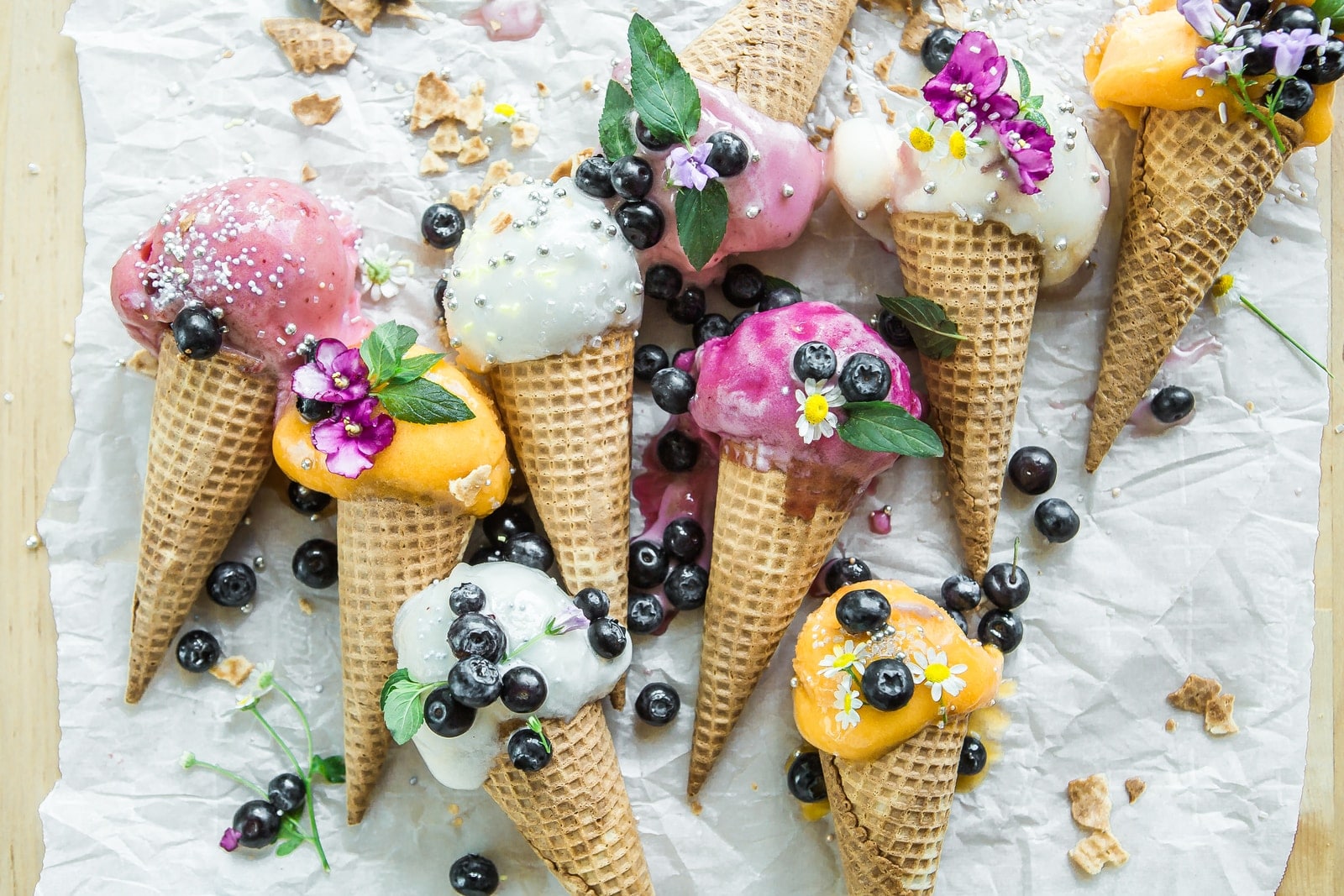
It may surprise you, but ice cream flavored with coffee or chocolate contains caffeine as well.
Coffee flavors include more caffeine than chocolate ones. The caffeine content of a 4-ounce serving of Häagen Dazs coffee ice cream is 29mg.
However, the same serving of the same brand of chocolate ice cream contains less than 1mg of caffeine.
The same can be said of yogurt and frozen yogurt. If coffee or chocolate is included in the flavoring, the finished product will likely contain caffeine.
However, neither ice cream nor yogurt contains caffeine on its own. That means you may enjoy a wide range of flavors without having to worry about your caffeine levels.
10. Vegetables can influence caffeine levels
You had no idea that vegetables contain caffeine? They don’t because they don’t. However, certain vegetables have the ability to raise or reduce the rate at which it is absorbed by the body.
Brassica vegetables, which include sprouts, broccoli, cauliflower, and rocket, were found to improve absorption in a 1992 study. The experts hypothesized that this was due to your intestines becoming more permeable after consuming these types of veggies. As a result, they absorb caffeine at a higher rate.
Think again if you think this is an excuse to avoid eating your sprouts! The effect was fleeting. Caffeine was absorbed more quickly into the bloodstream of participants who had eaten a brassica diet three hours later. However, increasing the gap to 12 hours had no effect.
Other vegetables, on the other hand, had the opposite impact. Apiaceous vegetables, such as celery, carrots, fennel, and parsnips, have been shown to reduce caffeine sensitivity.
11. Guarana
Guarana is a plant native to Brazil’s Amazon rainforest that is noted for its antioxidant and stimulating effects.
Caffeine is one of the methylxanthines found in the guarana plant, which is similar to cocoa beans.
Consuming the guarana plant has been linked to enhanced energy and protection against high blood pressure, obesity, and metabolic syndrome in older persons, according to research.
Guarana extract is used as a food additive by companies in soft drinks, energy drinks, energy bars, and herbal dietary supplements.
Guarana is a natural caffeine source that is utilized as a food additive in the manufacture of energy beverages, soft drinks, and herbal dietary supplements.
12. Gum
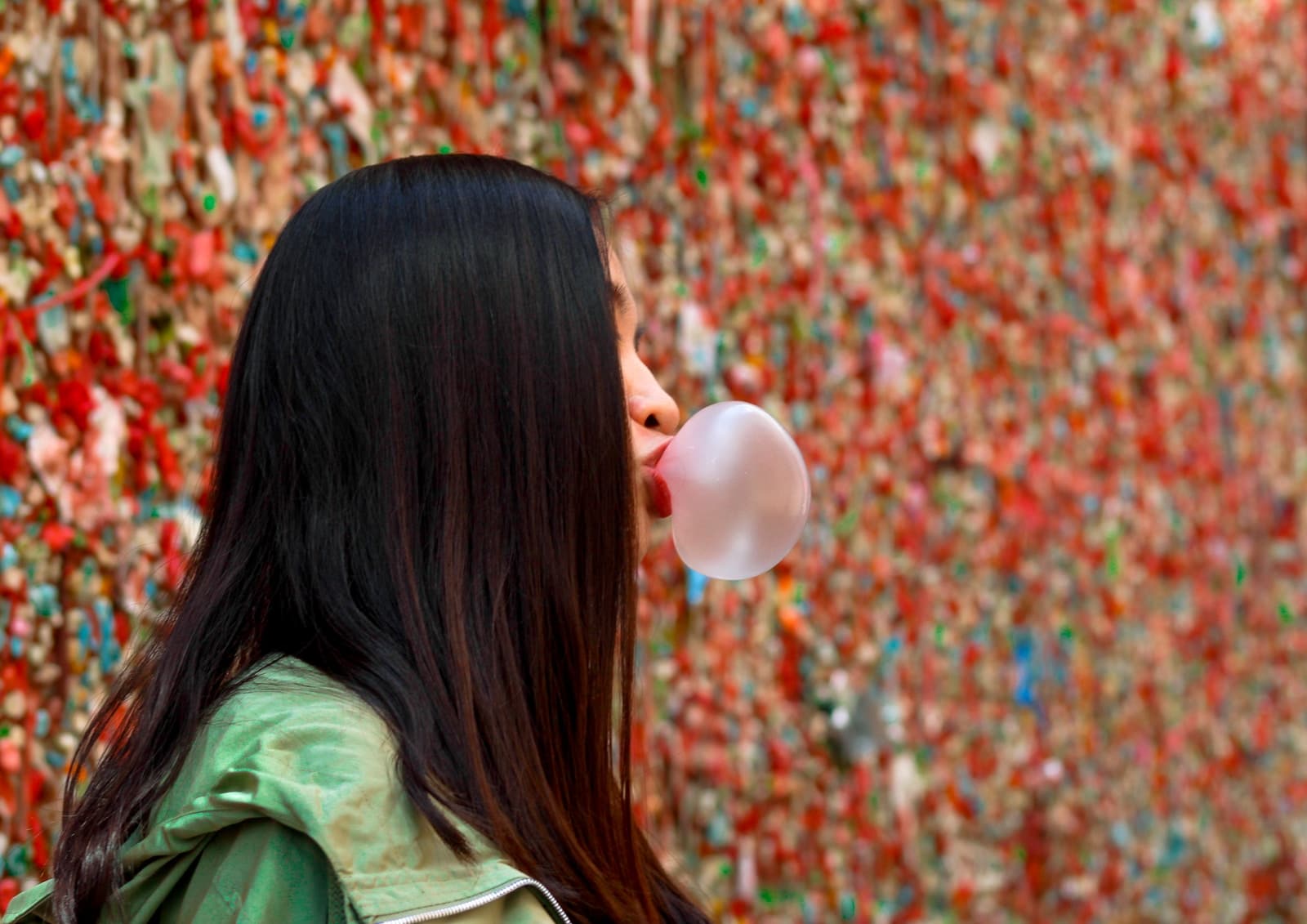
Chewing gum is a soft, rubbery substance that has historically been manufactured from tree sap.
Although it is not a natural source of caffeine, manufacturers may incorporate it in their formulations. Chewing gum has become popular among athletes and others searching for an energy boost as a result of this.
Caffeine in chewing gum is absorbed significantly faster than caffeine in capsules, according to studies. This is presumably due to the rapid absorption of it by the buccal mucosa cells of the inner cheek.
Caffeine helps athletes perform better. As a result, caffeinated chewing gums and other caffeine sources are on the National Collegiate Athletic Association (NCAA) banned substance list for athletes.
Caffeine-containing chewing gum may improve your alertness and attention span. Caffeinated varieties, such as RunGum, include 50 mg of caffeine in two pieces of gum.
Conclusion
We hope you enjoyed this collection of caffeine facts.
Caffeine usage in moderation is acceptable and may even be beneficial. Too much, on the other side, might be harmful to one’s health.
We think that sharing information on caffeine dietary sources will help us all regulate our intake — and our health.
Do sugary drinks contain caffeine?
Caffeine is commonly found in energy drinks and guarana, but it can also be found in ostensibly caffeine-free beverages such as sodas or flavored milk. Caffeine levels in beverages such as Coca-Cola and Mountain Dew range between 20 and 40 mg per 8 ounces.
Soft drinks account for around 16% of caffeine consumption in the United States, and they are more popular with younger consumers. Because these drinks are high in sugar, they should be eaten in moderation and are not the ideal choice for relaxing before bed.
Disclaimer: This post contains affiliate links, which means I may receive a small commission, at no extra cost to you, if you make a purchase using these links. Remember to support us by purchasing through the Amazon/Walmart/Impact Radius links provided. Last update on 2024-04-18 / Affiliate links / Images from Amazon Product Advertising API
Disclosure: No compensation or free products were received in exchange for writing this review.

Editorial Staff
The editorial staff at Crazy Coffee Crave is a team of coffee enthusiasts & Baristas who enjoy the one thing we all think about as soon as we get up in the morning. Trusted by thousands of readers worldwide.





